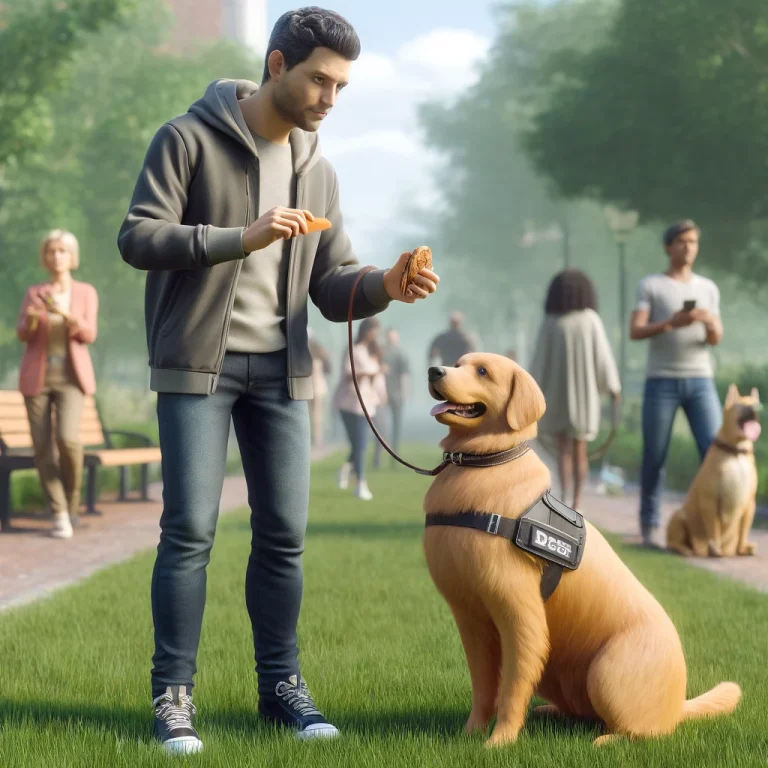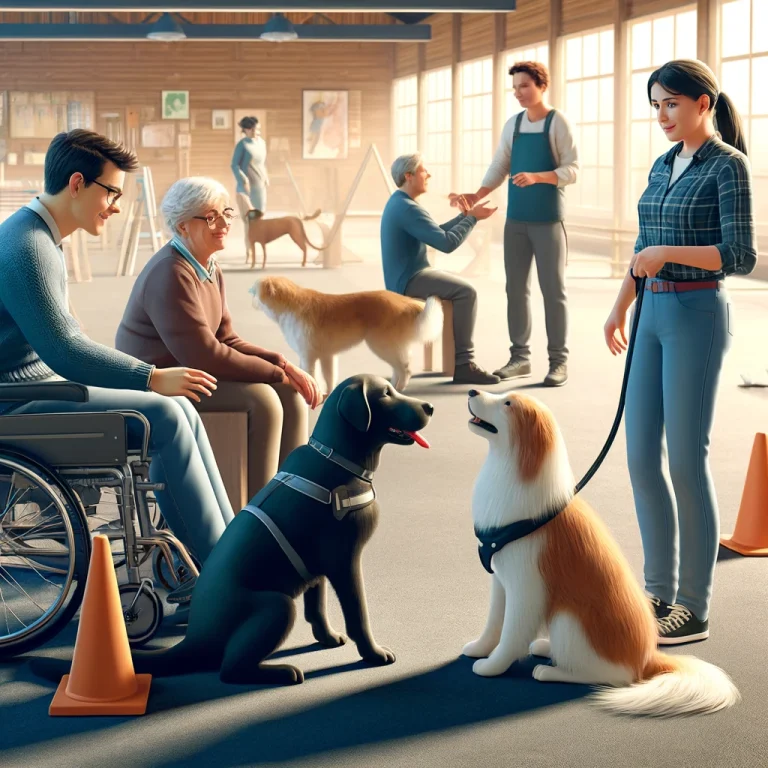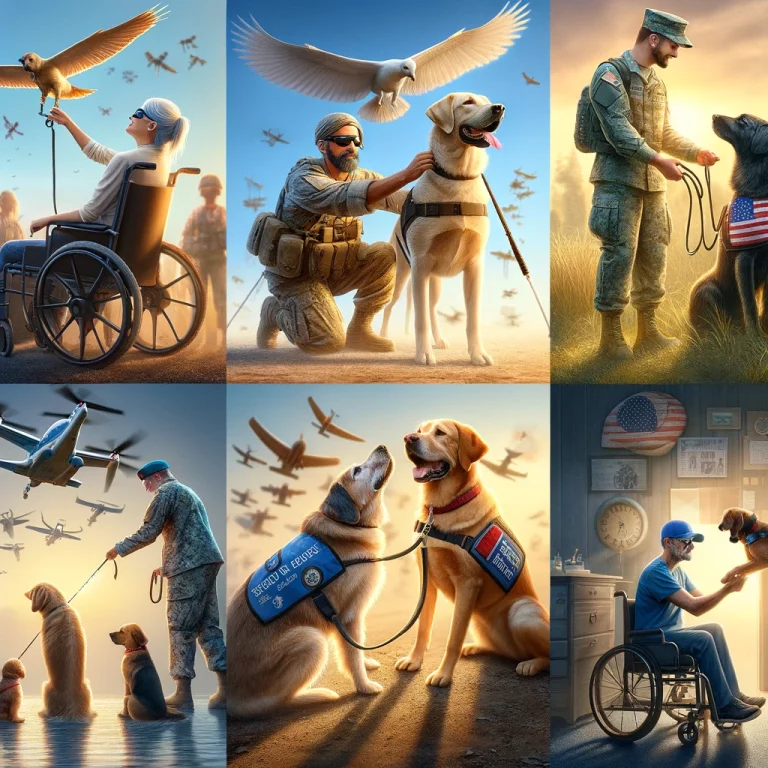The world of service dog training is constantly evolving, and as we step into 2024, several exciting innovations are shaping the future of how these invaluable animals are trained. In this blog, we delve into the latest trends and advancements in service dog training, offering a glimpse into the future of these skilled companions.
1. Technology-Enhanced Training
One of the most significant developments in service dog training is the integration of technology. Virtual reality (VR) and augmented reality (AR) are being used to simulate real-world scenarios, allowing dogs to train in a variety of environments and situations safely. This technology enables more comprehensive training while reducing the risks associated with real-life training.
2. Tailored Training Programs
As understanding of canine behavior and psychology grows, training programs are becoming more tailored to individual dogs. Customized training plans based on a dog’s personality, breed, and specific needs are increasingly common, leading to more effective training and better-prepared service dogs.
3. Focus on Emotional Intelligence
Emotional intelligence training is gaining momentum. Dogs are being trained not only to perform physical tasks but also to recognize and respond to emotional cues from their handlers. This includes detecting signs of stress or anxiety and providing appropriate responses.
4. Positive Reinforcement Techniques
Positive reinforcement continues to be a cornerstone of modern training methods. However, there is a growing emphasis on using a wider range of rewards beyond treats, such as playtime or social interaction, to encourage desired behaviors.
5. Collaboration with Robotics
An intriguing development is the collaboration between service dogs and robotics. This includes using robotic devices to assist in training and even to complement the tasks performed by service dogs, offering a hybrid approach to assistance.
6. Enhanced Public Access Training
Public access training is becoming more immersive, with service dogs being exposed to a broader range of public environments and situations. This is crucial for dogs who assist in more complex or dynamic public settings.
Conclusion:
The innovations in service dog training for 2024 reflect a blend of technology, psychology, and enhanced methodologies. These advancements promise to produce service dogs that are more adaptable, responsive, and attuned to the needs of their handlers, marking an exciting era in the field of service dog training.
For assistance with self-training a Service Dog, Click Here






